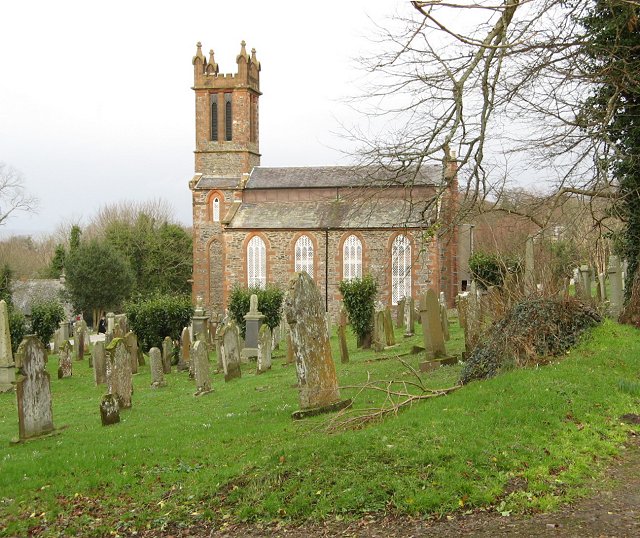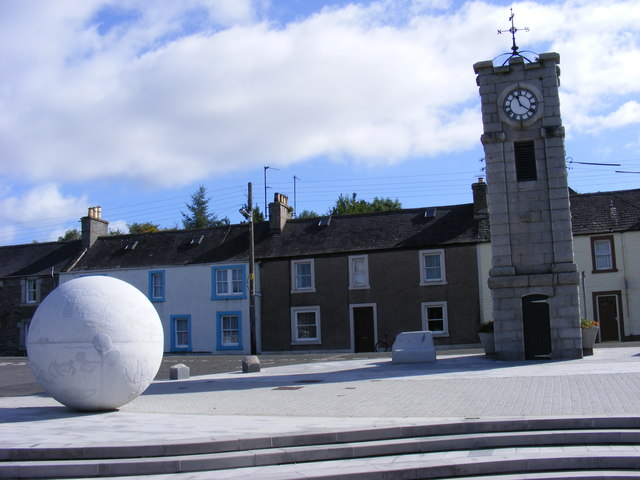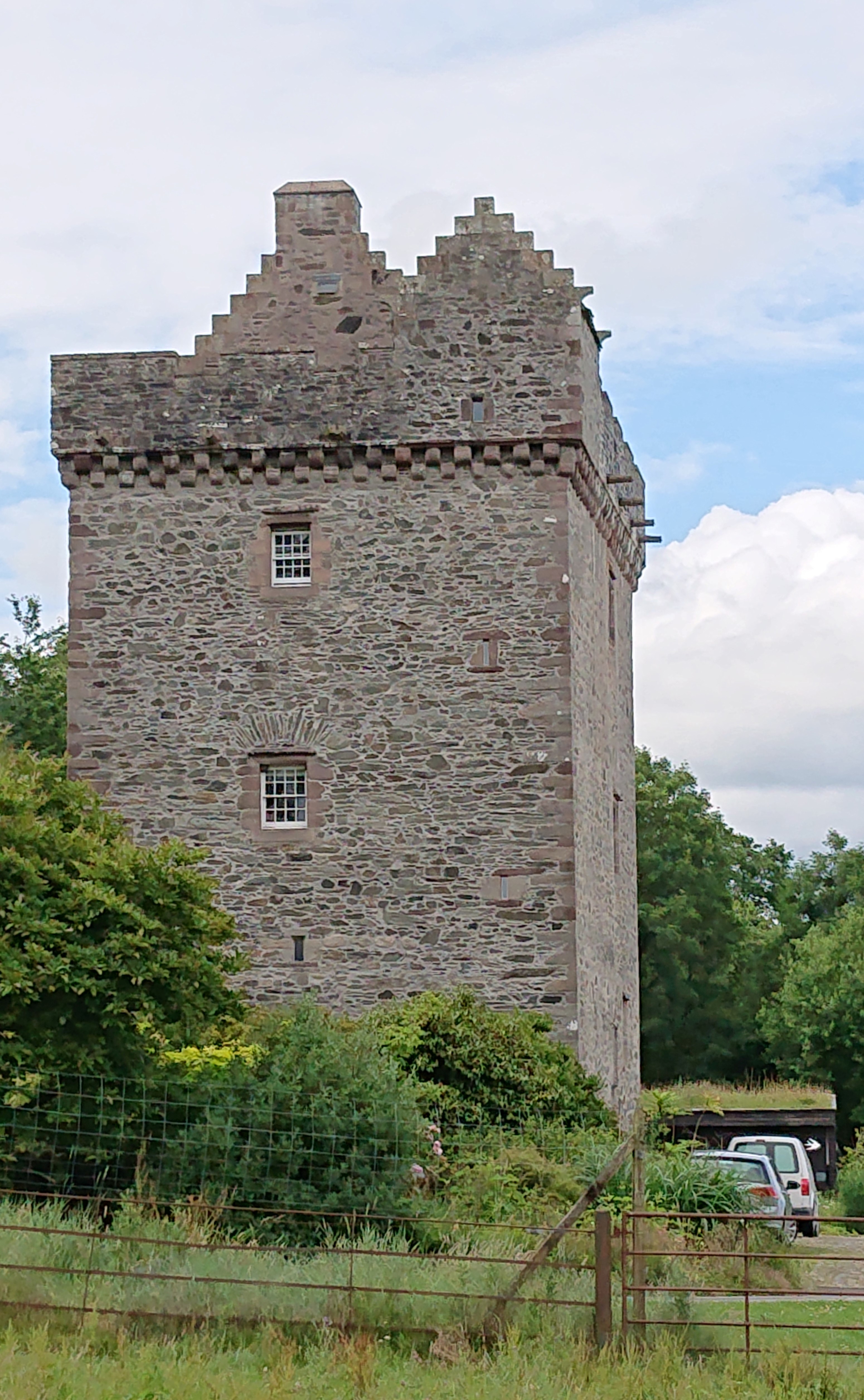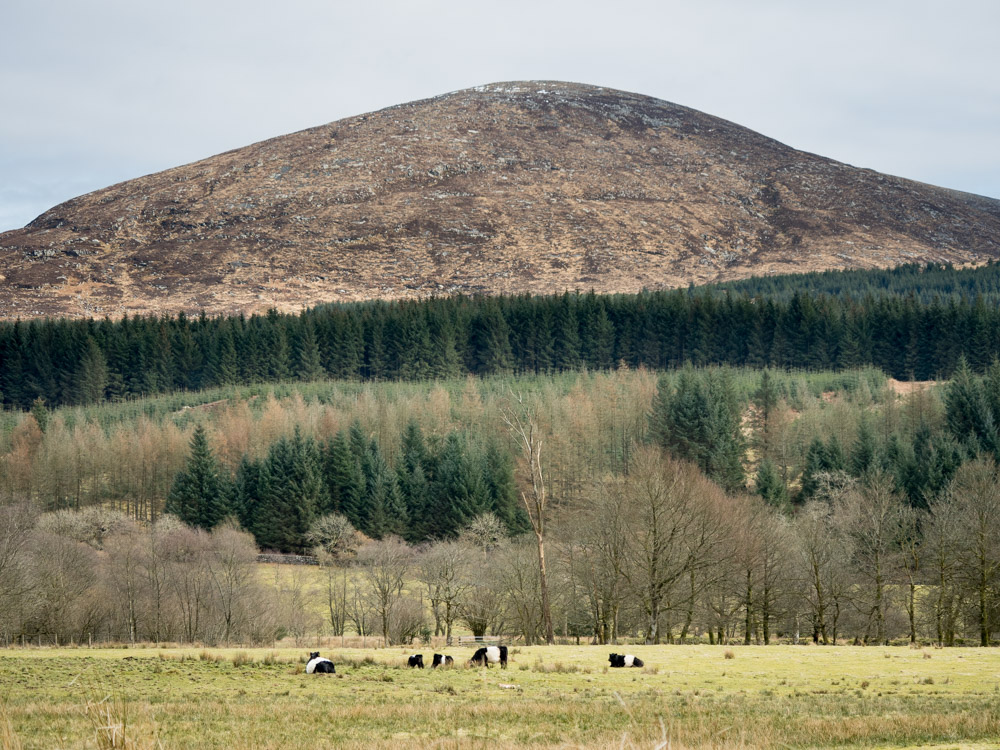Long Wood
Wood, Forest in Kirkcudbrightshire
Scotland
Long Wood

Long Wood is a picturesque forest located in the historical county of Kirkcudbrightshire, in the southwest of Scotland. Covering an area of approximately 500 acres, this woodland is a haven for nature enthusiasts and those seeking tranquility amidst the beauty of the Scottish countryside.
The forest is predominantly composed of a mix of deciduous and coniferous trees, creating a diverse and vibrant ecosystem. Towering oak, beech, and birch trees dominate the landscape, providing a dense canopy that offers shade during the summer months. The undergrowth is adorned with an array of wildflowers, ferns, and mosses, adding to the enchanting ambiance of the woodland.
Long Wood is crisscrossed by a network of well-maintained walking trails, allowing visitors to explore its beauty at their own pace. These paths wind through the forest, offering glimpses of secluded glens, babbling brooks, and small ponds that are home to a variety of wildlife. It is not uncommon to spot red squirrels, roe deer, and a plethora of bird species, including woodpeckers and owls, as you wander through the woods.
The forest is also steeped in history, with remnants of ancient settlements and fortifications scattered throughout. Archaeological finds suggest that the area has been inhabited since Neolithic times, and remnants of Iron Age hillforts and Roman encampments have been discovered nearby.
Long Wood truly offers a captivating experience for nature lovers and history enthusiasts alike, providing a peaceful retreat in the heart of Kirkcudbrightshire's stunning landscape.
If you have any feedback on the listing, please let us know in the comments section below.
Long Wood Images
Images are sourced within 2km of 54.918924/-4.3100641 or Grid Reference NX5260. Thanks to Geograph Open Source API. All images are credited.



Long Wood is located at Grid Ref: NX5260 (Lat: 54.918924, Lng: -4.3100641)
Unitary Authority: Dumfries and Galloway
Police Authority: Dumfries and Galloway
What 3 Words
///cards.helpfully.envisage. Near Newton Stewart, Dumfries & Galloway
Nearby Locations
Related Wikis
Glenquicken stone circle
Glenquicken stone circle or Billy Diamond's Bridge stone circle (grid reference NX50965821) is an oval stone circle with a central pillar, two miles east...
Gatehouse of Fleet railway station
Gatehouse of Fleet railway station served the town of Gatehouse of Fleet, Dumfries and Galloway, Scotland from 1861 to 1965 on the Portpatrick and Wigtownshire...
Creetown railway station
Creetown railway station served the town of Creetown, Dumfries and Galloway, Scotland from 1861 to 1965 on the Portpatrick and Wigtownshire Joint Railway...
Kirkmabreck
Kirkmabreck is a civil parish in the historic county of Kirkcudbrightshire in the Dumfries and Galloway council area, Scotland. Situated in the historic...
Creetown
Creetown (/ˈkri:tən/, sometimes /'kri:taʊn/) is a small seaside town in the Stewartry of Kirkcudbright, in Galloway in the Dumfries and Galloway council...
Creetown F.C.
Creetown Football Club are a football club based in Creetown in the Dumfries and Galloway area of Scotland. Formed in 1905 as Creetown Rifle Volunteers...
Rusco Tower
Rusco Tower, sometimes called Rusco Castle, is a tower house near Gatehouse of Fleet in Dumfries and Galloway, Scotland. Built around 1500 for Mariota...
Cairnsmore of Fleet
Cairnsmore of Fleet is an isolated mountain in the Southern Uplands of Scotland. The mountain forms an unafforested granite massif, whose highest point...
Nearby Amenities
Located within 500m of 54.918924,-4.3100641Have you been to Long Wood?
Leave your review of Long Wood below (or comments, questions and feedback).





















